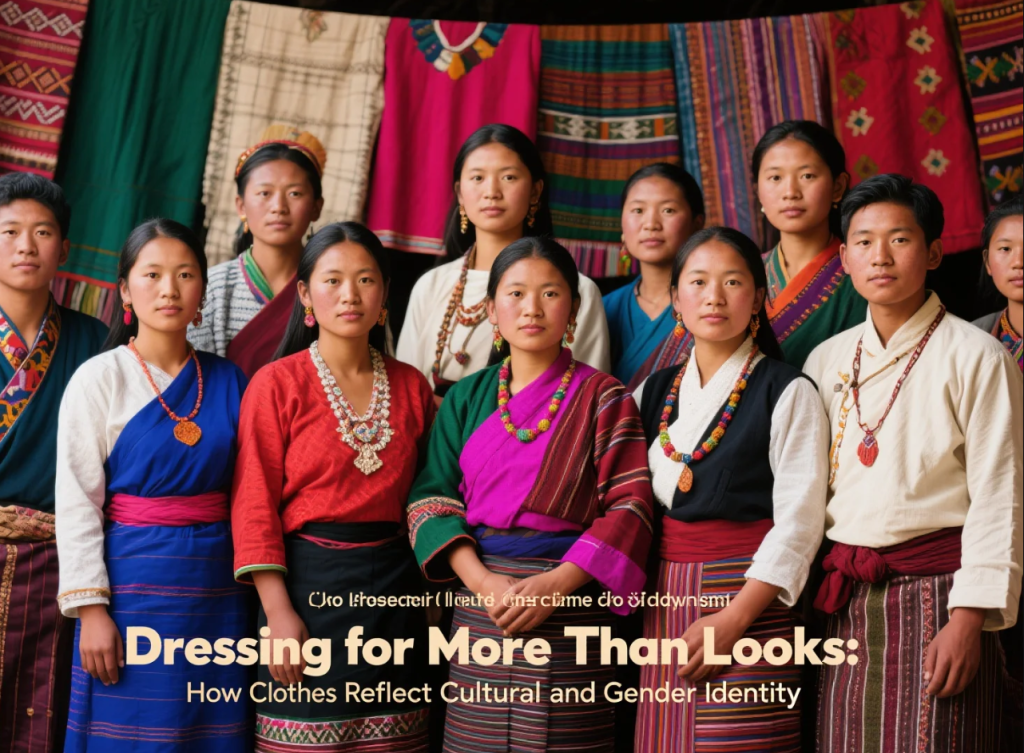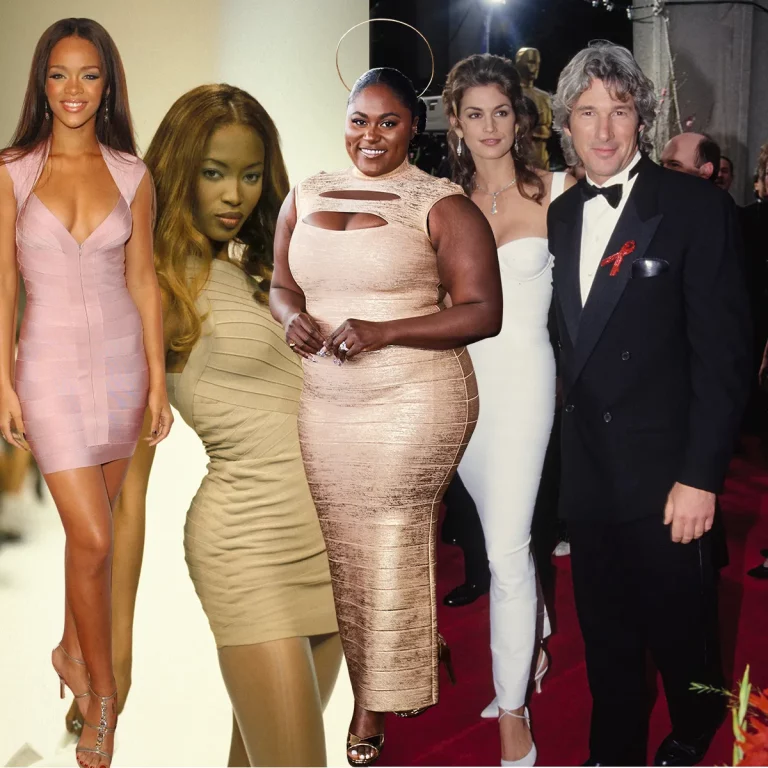
Exploring the Powerful Connection Between Fashion, Culture, and Personal Expression
Fashion is often seen as a form of self-expression, a way to look good and feel confident. But beyond aesthetics, clothes carry a deeper significance — they are powerful symbols that reflect cultural roots, gender identity, and social narratives. In 2025, understanding how fashion intertwines with identity has never been more important, as global conversations about diversity, inclusion, and authenticity continue to shape the way we dress.
In this article, we’ll explore how clothing functions as a visual language that tells stories about who we are, where we come from, and how we choose to present ourselves to the world. From cultural garments to gender-fluid fashion, clothes are much more than fabric — they are a living dialogue about identity.
The Cultural Story Woven into Clothes
Clothing has always been a marker of cultural heritage. Traditional garments, patterns, and styles carry centuries of history, beliefs, and customs.
- Cultural Pride: Wearing traditional attire can be an act of honoring one’s ancestry and keeping cultural stories alive. For example, the kimono in Japan or the dashiki in West Africa are not just clothes — they are symbols of identity and pride.
- Cultural Adaptation: Contemporary fashion often adapts these traditional elements, blending old and new. This fusion reflects a globalized world where culture evolves but roots remain.
- Cultural Communication: In multicultural societies, clothing becomes a way to communicate heritage or to connect with community, even in subtle ways like wearing a specific pattern or accessory.
Clothes as a Reflection of Gender Identity
Fashion’s relationship with gender has transformed dramatically over recent decades, moving beyond rigid binaries to embrace fluidity and self-definition.
- Breaking Stereotypes: Traditional gender norms in fashion — like “pink for girls” and “blue for boys” — are increasingly challenged. Today, fashion celebrates androgyny and non-binary styles that allow people to express their gender on their own terms.
- Gender-Fluid Fashion: Designers like Harris Reed and brands such as Telfar promote gender-neutral collections, encouraging everyone to wear what feels authentic.
- Clothing as Affirmation: For many transgender and non-binary individuals, fashion is a crucial tool in affirming their identity, boosting confidence and visibility.
The Intersection of Culture and Gender in Fashion
Cultural garments often come with their own gender codes — but modern interpretations are shifting these lines.
- In some indigenous communities, garments may signify specific gender roles or rites of passage.
- Contemporary designers reimagine these garments to be inclusive and non-restrictive, reflecting evolving understandings of gender.
- Fashion shows and campaigns increasingly showcase models and clothes that blend cultural symbolism with gender diversity.

How Clothes Shape Perceptions and Social Identity
What we wear affects how others perceive us and how we perceive ourselves.
- First Impressions: Clothes are often the first language of communication, signaling professionalism, creativity, or cultural belonging.
- Empowerment: Dressing in ways that reflect true identity can empower people, fostering self-esteem and social confidence.
- Community and Belonging: Uniforms, traditional costumes, and style subcultures create a sense of belonging, connecting individuals to groups and movements.
Practical Tips: Dressing Authentically in a Diverse World
- Explore Your Roots: Incorporate cultural elements into your wardrobe thoughtfully and proudly.
- Experiment with Gender Expression: Don’t feel confined by traditional fashion rules — try mixing masculine and feminine styles.
- Support Inclusive Brands: Choose designers and labels that celebrate diversity and representation.
- Educate Yourself: Learn about the cultural and gender significance behind certain garments to avoid appropriation.
- Wear Your Story: Let your clothes reflect who you are — your background, beliefs, and identity.
Final Thoughts
Fashion is a dynamic, powerful form of storytelling. When we dress for more than just looks — when we choose clothes that reflect cultural heritage and gender identity — we engage in a deeper dialogue with the world and with ourselves.
In 2025, this understanding is shaping a fashion landscape that is more inclusive, expressive, and meaningful than ever before.


